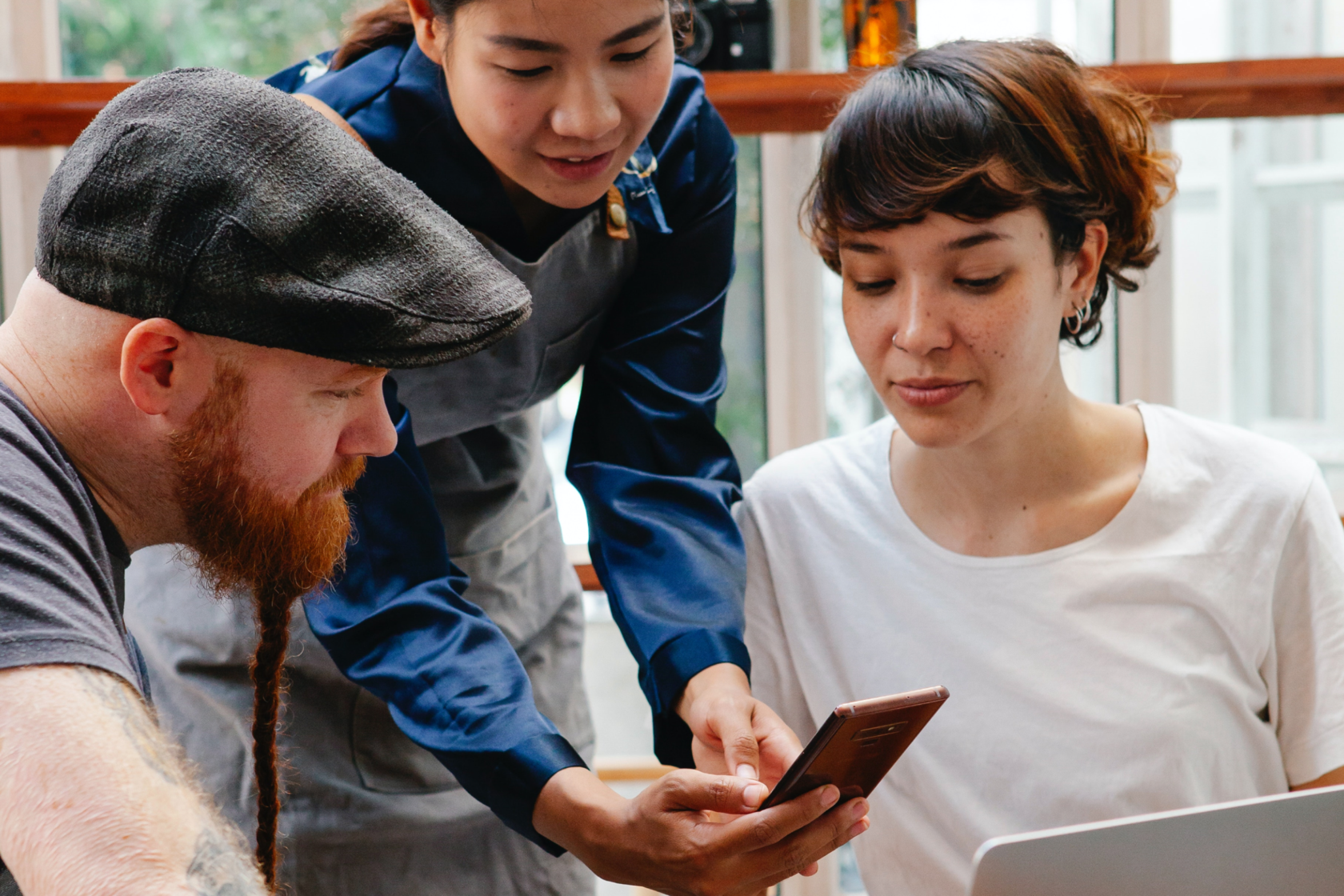The shift to contactless
According to analysts from PwC and Strategy, cashless transactions all across the globe are projected to rise by 80% between 2020 and 2025 (from USD 1 trillion to USD 1.9 trillion). By 2030, current numbers are expected to triple. The signs were there even before COVID-19 took over the world.
Who’s running the show? Apparently, APAC, through its governments being open to using regulations and strategies to increase the demand and supply of cashless payments. India effectively removed 86% of her physical currency in 2016, when its government decided to turn INR 500 and INR 1000 notes illegal.
South Korea had plans to become cashless by 2020. In 2018, research showed that only 14% of payments in South Korea were made through cash. Not surprisingly, since the smartphone adoption rate in the country is, reportedly, 100%.
China’s cash payments account for only 40%, as opposed to Japan, which stands loyal to cash with 82% payments in cash, as shown by Statista.
PwC reports that APAC will grow the fastest in regards to going cashless, experts expect cashless transaction volume to rise by 109% between 2020 and 2025, followed by 76% from 2025 to 2030. Taking second place in the race, Africa will notice a bump up of 78% between 2020 and 2025 and 64% from 2025 to 2030. The podium is completed by Europe (64%, 39%) and an honourable mention goes to LatAm (52%, 48%). Surprisingly (or not), the US and Canada are projected to have the slowest growth in cashless transactions. Summing up, across the globe, by 2030 we will see cashless transactions double or even triple, in some regions.
COVID-19
As much as you are sick of hearing about it, COVID-19 had a big impact on payments. It played a huge part in payments innovation to allow people to respect the necessary distancing measures. According to Accenture, ATM withdrawals in the UK dropped by 60% mid-pandemic. There are scientific articles stating that COVID-19 shifted our payment behaviours towards going cashless. Still, those bent over backwards to keep relying on cash are seemingly unpersuadable for now. There is a certain trust that comes with having your money in your hand and that is completely understandable. Japan, for example, relies heavily on cash, largely due to the country being prone to frequent natural disasters. Still, the Japanese government has plans (which have been accelerated by the global pandemic) to bring cashless payments to at least 40% of the country’s total volume of payments by 2025 (they currently register 20%).
Customers want more, fintech delivers
Payments are the foundation of commerce so, naturally, ecommerce will attract payment innovation. The rising trends in payments, accelerated by the pandemic, gave rise to higher customer demand for effortless, seamless, fast, and secure transactions. To stay relevant, payment service providers and merchants alike have to partner to keep customers happy.
Let’s take a look at us. Dapio knows that customers have less and less cash in their pockets, its place being taken by a phone or contactless card. That is why we equip our partners with technology capable of accepting alternative, contactless payment methods. Tap to Pay is a revolutionary technology that we proudly offer through our SoftPOS solution.
